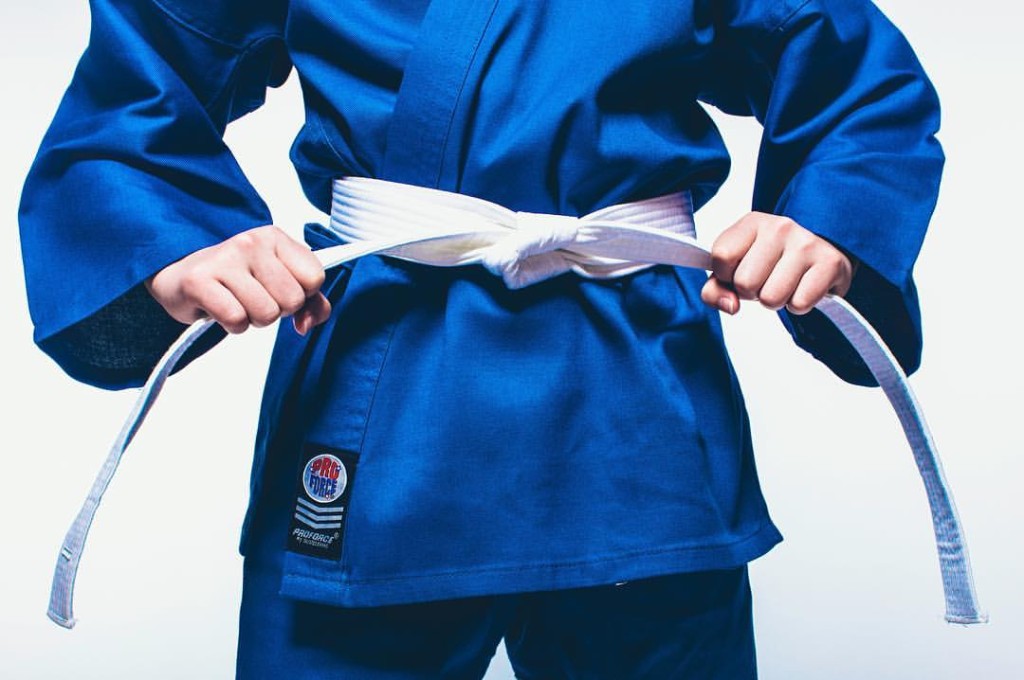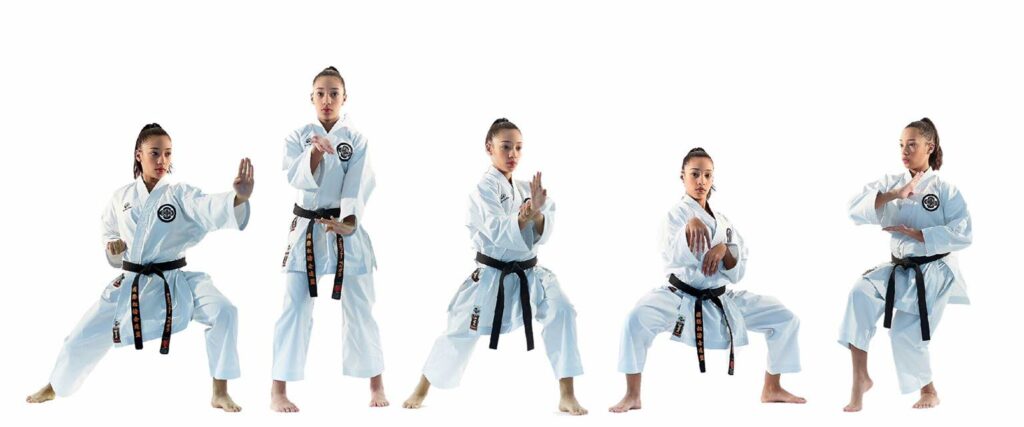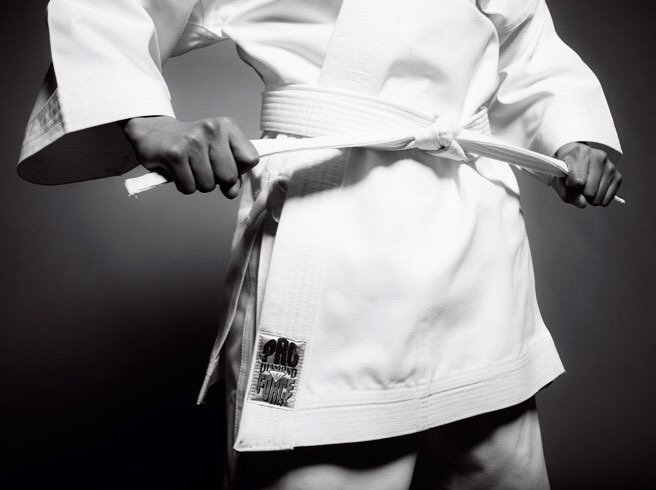
Martial arts traditions and techniques date back centuries. But there’s one key element of modern day martial arts that is a surprisingly recent development: the belt grading system.
So when and how did the belt system develop in martial arts? How did martial artists track their progress and recognize their achievements before belts were introduced? And is a black belt really just a white belt that’s become dirty with years of use and experience?
Let’s take a deeper look at the history of the martial arts belt system to find out:
How were martial arts graded before the belt system?
Pre-belt martial arts ranking varied from region to region and martial art to martial art. Here are a few of the more popular examples:
In Japan, some early martial arts used a three-level ranking system. Shodan (beginner), chudan (middle), and jodan (upper). Achieving a jodan rank afforded the a student the opportunity to enter the secret traditions of their martial arts school, known as the okuden.
Other Japanese martial arts used a series of licenses (“menkyo” in Japanese). For most students this was a three step process. The first license, the kirikami, was earned between one and three years into training. This license was a sign that the student was now seen as a serious practitioner of the art, similar to the way a blue belt works in Brazilian Jiu-Jitsu today. In three to five more years, a student could earn a document containing the techniques of their chosen art called a mokuroku. Two to ten years after the mokuroku, a student could earn their menkyo to teach. The most promising and dedicated students — usually the master’s protege — could go on to earn a menkyo kaiden, which indicated that they had mastered every aspect of their martial art.
In Okinawa, where Karate originated, the grading system was more private. Martial arts often had to be practiced in secret there, which made any outward acknowledgement of a martial artist’s accomplishments unwise and almost impossible. A student’s progress was measured not by an assigned rank but by how many years they had studied, how much they had learned, and how well their character had developed.
Belt System Origin Myths
There’s a popular story about the origin of the belt grading system that you’ve probably heard before if you train in martial arts. In the beginning, it claims, there were only white belts and black belts. A new student started with a brand new white belt and never washed it. Over the years, this belt would become with blood, sweat, and tears. The more the belt’s color darkened, the more expertise the student gained. When the belt finally turned black, this symbolized that the student had put in the time and effort to master the art.
It’s a story that captures the imagination and speaks to the discipline and dedication that martial artists have for their training. Unfortunately, there’s not much historical proof that this process ever happened.
There is a reason that karate belt colors become increasingly darker with each rank, though. When the color system first developed, students would begin with a white belt and dye it a different color with each promotion, which was a visible but cost-effective way to measure martial artists’ growth, particularly in the post-World War II era, when money was scarce in Japan and Korea. This is why karate belt rank progression is white, yellow, gold, orange, green, purple, red, brown, and, finally, black.
Rumors that the belt grading system was designed to keep “lazy” American students motivated when Karate first came to the US are also false.

The development of the colored belt grading system.
Dr. Jigoro Kano introduced the colored belt system to his teaching and awarded the first black belts in the 1880s. The Japanese martial artist known as the father of judo first created them as a way to visibly measure his students’ progress. From there, Gichin Funakoshi, the founder of Shotokan Karate, and a friend of Kano’s, adapted the system for his own students.
The practice then began to spread to other martial arts. A black belt of Funakoshi’s named Byung Jick Ro would later bring the same system to Tae Kwon Do in the 1940s. Another student of Kano’s, Mitsuyo Maeda, introduced his master’s use of white and blue belts to what would become Brazilian Jiu-Jitsu when he travelled to Brazil in 1907. BJJ’s current color structure developed later, and the discipline’s official ranking system was created in 1967.

What martial arts use a belt grading system?
Martial arts that employ a belt ranking order include Karate, Judo, Taekwondo, Brazilian Jiu-Jitsu, Akido, and Kickboxing. Some schools of Muay Thai in Brazil, like Chute Boxe, have also adopted a belt grading system. The ranks, colors, what they represent, and how long they take to earn are unique to each martial art.



















